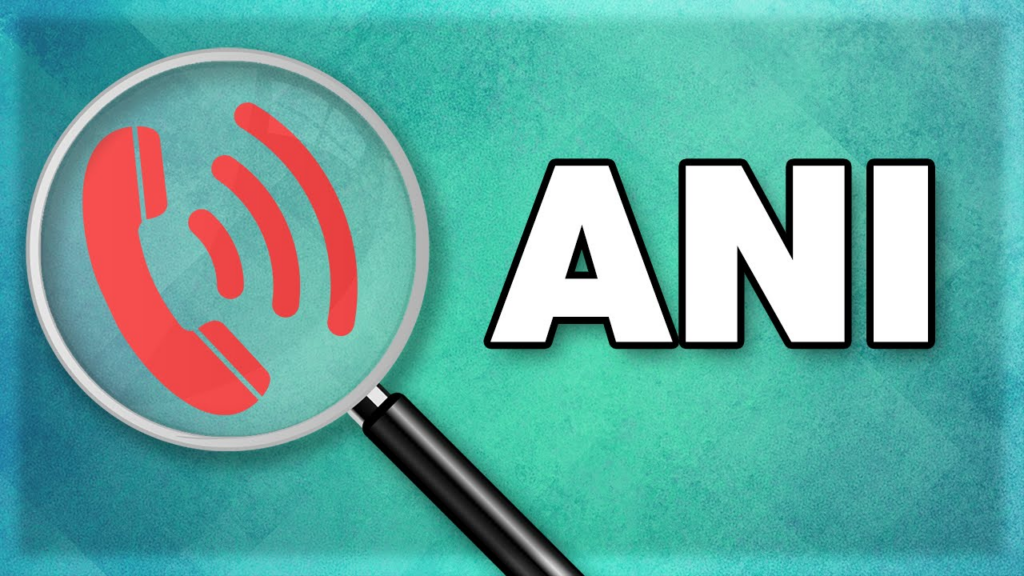Have you ever wondered how spam calls proliferate or how someone’s phone can end up ringing incessantly with unwanted calls? While this topic ventures into murky ethical and legal territories, it has intrigued many people. This guide explores how spam calls originate, various methods that contribute to them, and ways to protect oneself from this phenomenon. Let’s dive in with a clear, easy-to-follow breakdown of everything you need to know.
What is Spam Calls?

Spam calls are unsolicited phone calls aimed at advertising, scamming, or simply annoying the recipient. Many organizations, prank websites, and malicious users generate these calls by exploiting personal data or using automated systems.
While engaging in such activities can have significant legal consequences, understanding the mechanics behind spam calls sheds light on why they happen and how to safeguard against them. Below, we’ll detail several strategies often used to flood phone numbers with spam calls.
6 Ways Spam Calls Are Initiated
Spam calls don’t happen by chance—they result from deliberate actions or systems designed to exploit vulnerabilities. Here are six common ways these intrusive calls are set into motion.
Exploiting Automatic Number Identification (ANI)

Automatic Number Identification (ANI) systems are designed to capture phone numbers during calls. Telemarketing companies often rely on these systems to build their databases.
Here’s how it works:
- Dial a toll-free or premium number from a specific phone.
- The system records the caller’s number, regardless of whether it is blocked.
- This number is then shared with multiple telemarketers who use it for marketing purposes.
Once added to these lists, the phone number becomes a target for repetitive and unwanted calls.
What Does Canceled Call Mean? ( On iPhone, Telegram, Facetime & WhatsApp)
Sharing Information with Telemarketers

Telemarketing companies acquire phone numbers from various sources, including surveys, contests, or public directories. By providing a number to telemarketers during these interactions, it’s almost guaranteed that the number will be subjected to frequent marketing calls.
Some standard practices include:
- Signing up for newsletters that require a phone number.
- Fill out forms that explicitly or implicitly agree to share contact details.
Telemarketers often use automated calling software, leading to relentless call campaigns.
Using Online Free Trial Websites

Free trial websites frequently request contact information to register users for their services. Unfortunately, these platforms often sell phone numbers to third-party marketers. Here’s how the process typically unfolds:
- Sign up on a website offering free products or trials.
- Provide a phone number as part of the registration.
- The number is added to telemarketing databases, triggering spam calls.
Creating Fake Online Ads

Posting fake advertisements with someone’s phone number is another common tactic. This method often works as follows:
- Create an ad on a platform like Craigslist or other classified websites.
- List an attractive offer, such as selling a high-demand product at a low price.
- Provide the target’s phone number as the contact detail.
The result? An influx of calls from people interested in the ad, alongside potential spam calls from marketing bots scraping these platforms.
Call Centers: Impact, Types, and Data Analytics
Leveraging Social Media

Social media platforms can inadvertently expose phone numbers to unwanted attention. By publicly posting a number or associating it with high-traffic profiles or groups, a number can quickly become a target.
Steps include:
- Sharing the phone number in public posts.
- Using social media platforms with loose privacy settings.
Once shared, telemarketers or bots can easily pick up phone numbers.
Prank Call Websites

Certain websites specialize in facilitating prank calls or spam messages. Some of these platforms include:
- Spoofbox: Sends anonymous texts and calls.
- PrankDial: Let users initiate pre-recorded prank calls.
- MessageBomber: Enables mass messaging.
While these sites often require payment, they offer anonymity, making them popular tools for spam activities.
5 Signs It’s Time to Call an IT Support Company
Tools and Websites Often Used for Spam Calls
Below are a few websites commonly associated with spam call generation:
- Spoofbox.com: Known for anonymous texting and prank calls, users must purchase credits.
- PrankDial.com: Offers customizable prank calls with recorded messages.
- EasyPrank.com: A straightforward platform for making prank calls but doesn’t mask the caller ID.
- MessageBomber.com: Allows mass messaging but is limited to specific regions like the US and Canada.
These tools often contain disclaimers about ethical use, yet they remain a key avenue for generating spam.
How to Send Spam Texts
Besides spam calls, text messages are another common nuisance. Spam texts often come from automated systems designed to simultaneously send hundreds or thousands of messages. Here’s how spam texts are typically initiated:
Using Spam Websites
Websites like Spoofbox and MessageBomber also provide options for sending spam texts. The process usually involves:
- Entering the target phone number.
- Selecting a pre-written message or creating your own.
- Sending multiple messages in rapid succession.
Some platforms charge fees for these services, while others offer limited free trials.
Exploiting Automated Texting Services
Automated texting platforms, often used for legitimate marketing, can be misused for spamming. Popular services like Twilio and Textedly allow users to send bulk messages but have policies against misuse. Nonetheless, some users bypass these restrictions to send spam texts.
Protecting Yourself from Spam Calls and Texts
Now that you’re familiar with how spam calls and texts originate let’s explore practical ways to shield your phone number from becoming a target:
Register on Do Not Call Lists
Most countries maintain a national Do Not Call Registry. Registering your number can reduce the volume of telemarketing calls. While it’s not foolproof, it’s an essential first step.
Use Call-Blocking Apps
Apps like Truecaller and Hiya help identify and block spam calls. These apps crowdsource information to flag suspected spam numbers and provide users with caller identification.
Silence Unknown Callers
Most smartphones allow users to silence calls from unknown numbers. On iOS, for instance, this feature can be activated through:
- Settings > Phone > Silence Unknown Callers.
Avoid Sharing Your Number
Be cautious about where you share your phone number. Avoid entering it on untrustworthy websites or in public posts.
Block Individual Numbers
If you notice repeated calls from the same number, block it directly. Most phones have built-in features to block specific numbers.
Use Advanced Protection Apps
Apps like MoniMaster Pro offer robust features to protect against spam calls and texts. These include:
- Monitoring incoming calls and messages.
- Blocking spam calls in real-time.
- Tracking suspicious activity on your device.
By leveraging such tools, you can significantly reduce the impact of spam calls and texts.
FAQs About Spam Calls
Are spam calls illegal?
In many cases, yes. Unsolicited calls, especially those involving scams, violate telecommunications laws in several countries. However, legitimate businesses’ prank calls or marketing calls often fall into legal grey areas.
Can I stop all spam calls?
While it’s challenging to eliminate spam calls, proactive measures—such as registering on Do Not Call lists and using call-blocking apps—can significantly reduce their frequency.
Can spam calls use my number?
Yes, this practice is called number spoofing. Scammers can fake your number to initiate calls, which can result in others receiving spam calls appearing to come from you.
How can I report spam calls?
Most countries have regulatory bodies for reporting spam calls. For example:
- In the US, report to the Federal Trade Commission (FTC).
- Report to the Information Commissioner’s Office (ICO) in the UK.
Conclusion
Spam calls and texts are an annoying reality of modern communication, often fueled by careless data sharing, unethical practices, and exploitation of online platforms. Understanding how these calls originate—and the tools used to generate them—empowers you to take action against them.
Whether you’re looking to prank someone or protect yourself, always consider your actions’ ethical and legal implications. Safeguard your number and think twice before engaging in activities that could harm others or violate the law. Awareness and vigilance are your best tools against the onslaught of spam calls.
By taking preventative measures, using protective tools, and staying informed about the latest spam tactics, you can reduce your vulnerability to these intrusive communications. Stay alert, stay safe, and keep your phone from unwanted interruptions.


